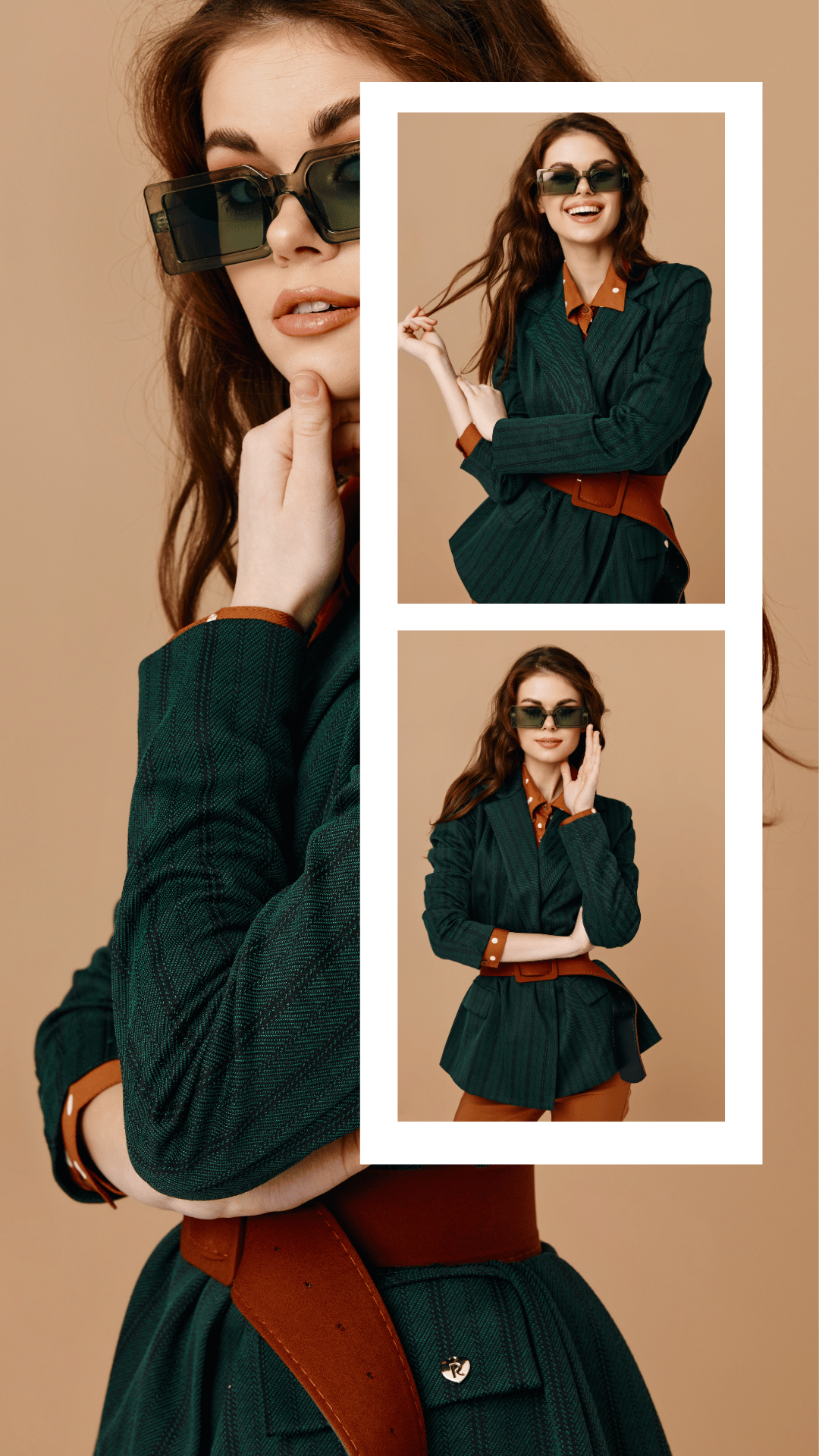A strong fashion design portfolio is your golden ticket to showcasing your skills, creativity, and unique style to potential employers, clients, and collaborators. It’s a visual resume that highlights your best work and tells your story as a designer. In this blog, we’ll guide you through the steps to create an impressive fashion design portfolio that stands out and captures attention.
1. Know Your Audience
Before you start building your portfolio, it’s crucial to understand who your audience is. Are you targeting potential employers, clients, or fashion schools? Tailor your portfolio to meet the expectations and preferences of your audience. For instance, a portfolio for a high-fashion house will differ significantly from one aimed at streetwear brands.
2. Select Your Best Work
Quality trumps quantity when it comes to portfolios. Choose 10-15 of your best pieces that showcase a range of skills and techniques. Make sure each piece demonstrates your creativity, attention to detail, and technical proficiency. Your selected works should tell a cohesive story about your style and capabilities.
3. Showcase a Range of Skills
Your portfolio should reflect the breadth of your skills. Include sketches, finished garments, technical drawings, and mood boards. Highlight different aspects of your design process, such as fabric selection, pattern making, and garment construction. This diversity will demonstrate your versatility and depth as a designer.
4. Create a Strong Visual Presentation
Presentation is key in a fashion design portfolio. Use high-quality images and ensure your portfolio has a clean, professional layout. Organize your work in a logical order, such as by project or theme. Pay attention to typography, spacing, and color schemes to create a visually appealing and cohesive presentation.
5. Include Concept Development
Potential employers and clients want to see your creative process. Include initial sketches, inspiration boards, and fabric swatches to show how your ideas evolve from concept to finished product. This insight into your creative process can set you apart by demonstrating your ability to develop and execute a design vision.
6. Incorporate Real-Life Projects
If you have experience working on real-life projects, whether through internships, freelance work, or collaborations, include these in your portfolio. Highlighting professional experience adds credibility and shows that you can apply your skills in real-world scenarios. Include client testimonials or project outcomes if possible.
7. Keep It Updated
Your portfolio should be a living document that evolves with your career. Regularly update it with new projects and remove older works that no longer represent your best efforts. Staying current with your portfolio ensures that it always reflects your most recent skills and accomplishments.
8. Leverage Digital Platforms
In today’s digital age, having an online portfolio is essential. Platforms like Behance, Dribbble, and your own website can showcase your work to a global audience. Ensure your digital portfolio is easy to navigate, mobile-friendly, and optimized for fast loading times. Include links to your social media profiles and contact information.
9. Tell Your Story
Your portfolio is not just a collection of works; it’s a narrative about you as a designer. Include a brief bio that tells your story, your design philosophy, and what inspires you. Personal touches can create a connection with the viewer and make your portfolio more memorable.
10. Seek Feedback and Revise
Before finalizing your portfolio, seek feedback from peers, mentors, or industry professionals. Constructive criticism can provide valuable insights and help you refine your work. Be open to suggestions and make necessary revisions to enhance the overall quality of your portfolio.
Conclusion
Building a strong fashion design portfolio takes time, effort, and a keen eye for detail. By showcasing your best work, demonstrating a range of skills, and presenting your projects in a compelling way, you can create a portfolio that not only captures attention but also opens doors to new opportunities. Remember, your portfolio is a reflection of you as a designer – make it as polished, professional, and creative as you are.
Ready to create an outstanding fashion design portfolio? Let’s get started and make your mark in the fashion world!


